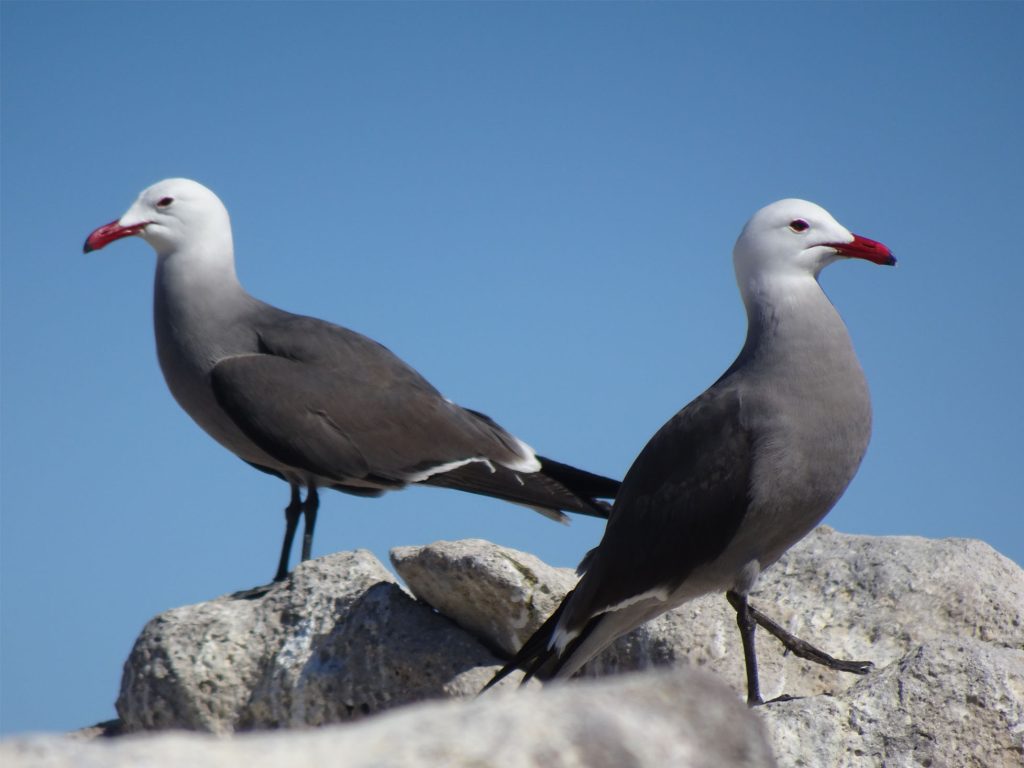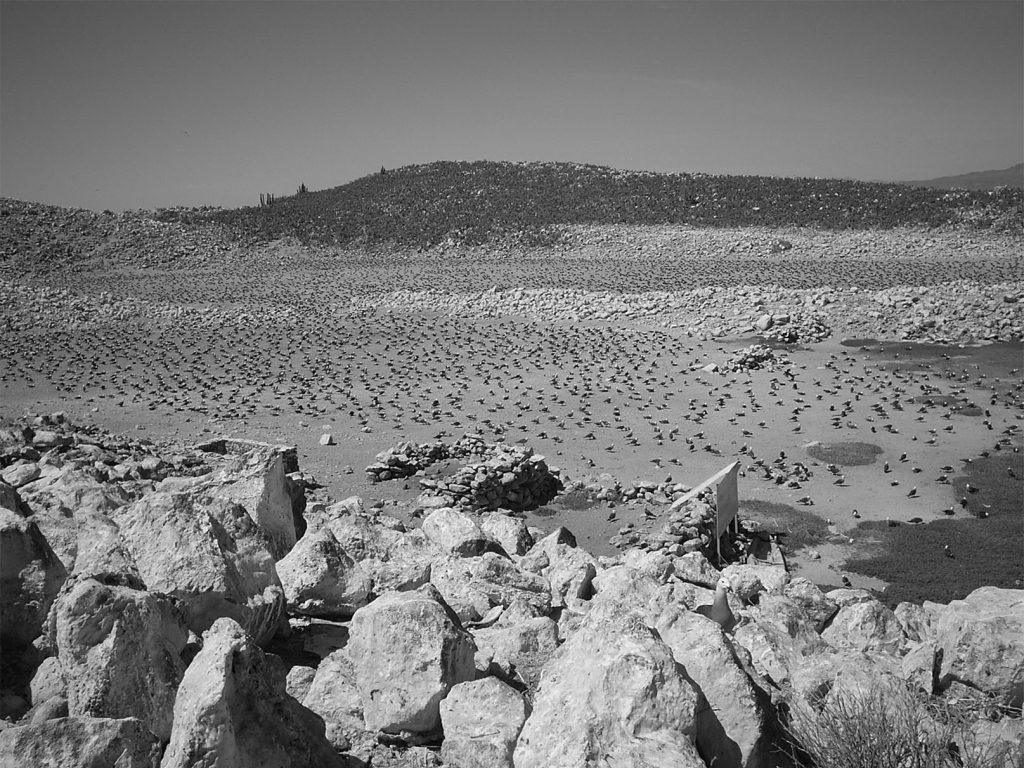Disciplines: Ecology, Genetics, Ornithology
Region: Gulf of California
Chapter: Mexico City
In host-pathogen interactions, it is important to describe the processes of invasion and colonization of some species (pathogen) to others (host). In this regard, the major histocompatibility complex (MHC) plays an essential role in the recognition of pathogens. The description of bacterial pathogens is of great relevance in the health status of birds such as the Heermann’s Gull Larus heermanni, since it will allow measures for the conservation of the general health of the population. In recent years, this species has been affected in its nesting and reproduction due to a reduction in the population sizes of sardines and anchovies (its food), associated in turn with global climate change. In order to know the relationship between the pathogens and the adaptive immunity process of the Heermann’s Gull, the diversity of the MHC class II and the intestinal pathogens associated with this species will be determined. The nests will be identified and the blood and guano samples will be taken. The amplification and sequencing of the MHC class II gene from the seagulls will be carried out. The identification of the pathogens will be carried out through the amplification and sequencing of the 16S rRNA gene. The relative risk of being infected will be evaluated. The biological information will establish a baseline on the presence of possible pathogenic species, determine the proportion of the affected bird population, and estimate the priority population sizes for the conservation of the general health of the population.

